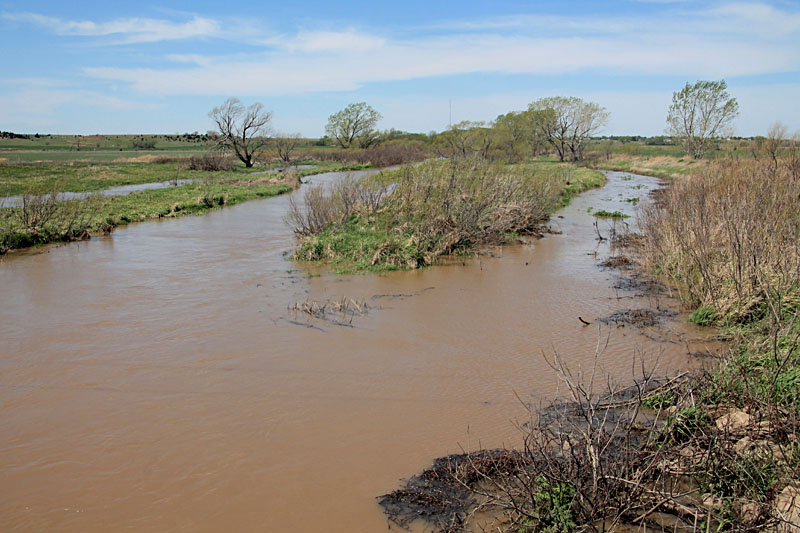Once battling desiccation, Hamoun Wetlands in Sistan-Baluchestan Province are now said to be "ecologically stable", with around 40% of the wetlands filled up with 20 centimeters to one meter of water, the head of the provincial office of the Department of Environment said.
Speaking to IRNA, Nayyereh Pourmollaei added that despite the staggering decline in the amount of water fed to the lakes from Helmand River in Afghanistan, restoration projects by Iran have helped partially revive the lakes.
"The efforts have helped fill up two out of four major areas that had become dust storm hotspots in the southeastern province," she said.
The Hamouns are transboundary wetlands on the Iran-Afghanistan border and constitute three lakes: Hamoun-e Helmand, which is entirely in Iran; Hamoun-e Sabari on the border; and Hamoun-e Puzak, which is almost entirely inside Afghanistan.
The three lakes are linked and fed by water from Afghanistan’s Helmand River.
With an area of about 50,700 square kilometers, the interconnected wetlands were considered the largest freshwater lake across the Iranian Plateau.
Twenty years ago, most of the area was green and boasted a variety of flora and fauna. The lake teemed with fish and the total annual catch used to exceed 12,000 tons.
To attract global attention to the dire state of the wetlands and secure funds from international organizations, Iran is planning to nominate the Hamouns to the UNESCO Man and Biosphere Program.


